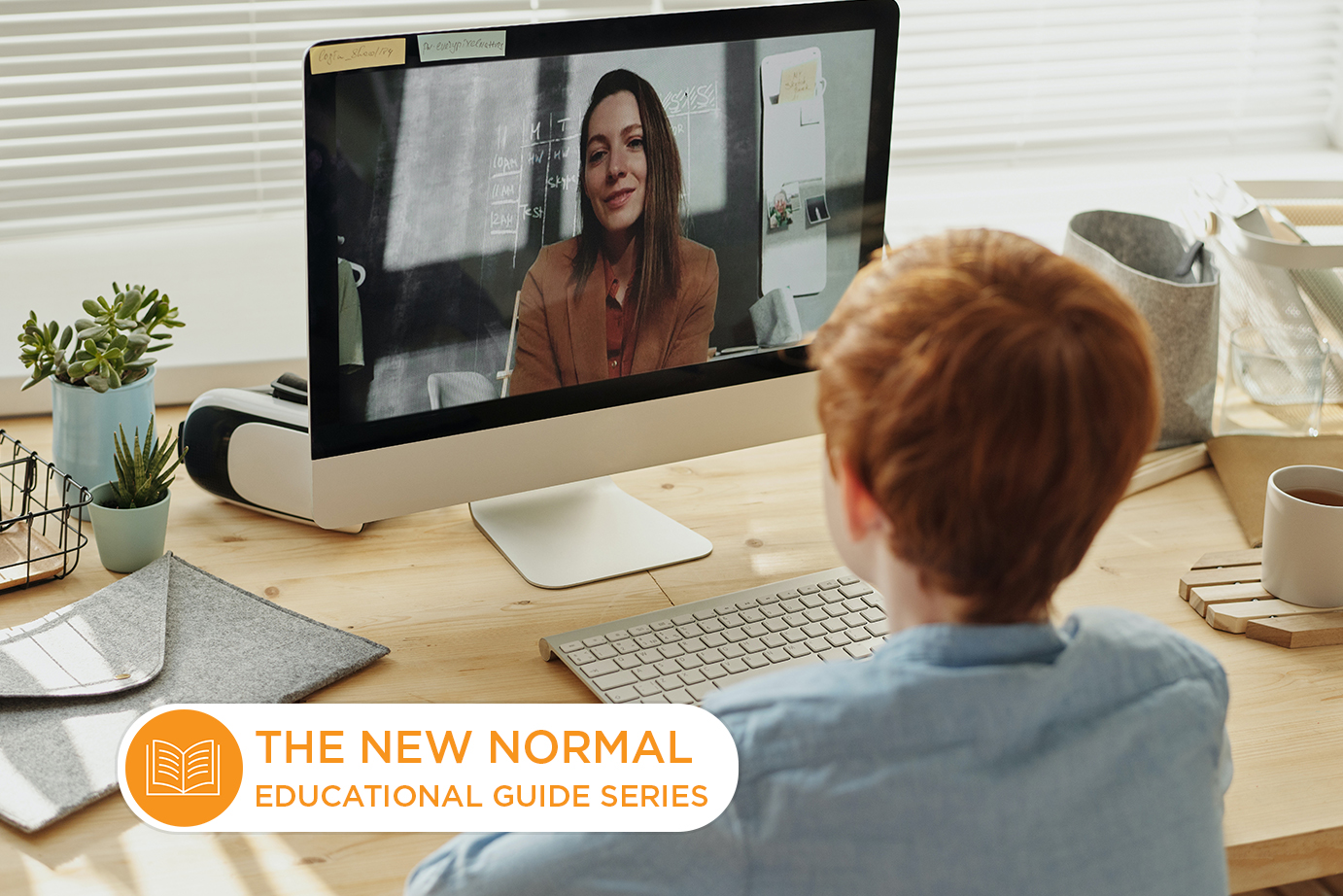- Blogs
- 3 Minute Read



This is the third in a series of articles in the ‘New Normal Series’, about the practical issues that will face schools in the autumn as they return to the ‘new normal’ of teaching. There are predictions of a ‘second wave of coronavirus’ as well as potential local lockdowns and a high rate of absence due to self-isolation. This blog looks at developing your current teachers in the new hybrid teaching environment – how will current CPD change, and what new training will be needed? We’ve gathered ideas from our partner schools and knowledge of educational technology to help you meet these challenges focusing on training in online and hybrid teaching.
Our first blog looked at supporting new teachers in your school, especially newly qualified teachers (NQTs), while the second looked at online recruitment. Follow ONVU Learning on Twitter and sign up to our newsletter to make sure you receive the complete series.
Many schools start the year with a day or two of collective CPD, with all staff spending time together discussing the previous year and setting a direction for the current year. There is often one theme, led either by senior leaders or external consultants, as well as time in smaller teams to prepare for the year ahead.
This model is challenged in several ways by COVID. The first is that schools will have to spend a lot of time talking about how their school will work in the ‘new normal’ – managing ‘year bubbles’, limiting movement and staggering start and break times for example. The second is that bringing all staff together into one room will be difficult to manage given the constraints of social distancing. And the third is that whatever is shared will need to help teachers cope with the likely challenges of renewed ‘hybrid’ or ‘blended’ learning, rather than the pre-COVID classroom-based model of schooling.
So, how can schools manage this? Here are our 5 suggestions, many using the technology that schools have relied on during lockdown.
Many teachers produced recorded videos or shared links to existing information in lockdown, allowing them to communicate with students in different places and at different times. Schools should do this with information that needs to be consistent and clear such as new rules, with clear and repeated messages. It is of course important to test these resources for accuracy and clarity before sharing them widely.
Once staff have read, watched, or digested key information, it’s important to let them discuss details and apply new ideas to their own classrooms or roles. The good news is that most schools can now do this remotely using communication software such as Zoom, Teams or Google Classroom – and record conclusions while doing so!
Once key information has been shared, training will need focus on specific challenges of hybrid learning. A number of schools have used internal surveys (using Microsoft or Google Forms or a dedicate survey programme such as Survey Monkey) to find out the strengths and weaknesses of their teachers – and the experience of students. This will allow the school to share best practice and create ‘learning groups’ with similar needs, rather than trying a ‘one size fits all’ approach.
Different subjects and year groups will have different learning needs in the ‘new normal’. How do you manage EYFS learning? How do you conduct practical work in Science or PE? These teams need to have extended time to identify areas they will need to work on and to share new ideas and discoveries that team members have found. Each group could then be allocated a small part of the school’s overall CPD budget to bring in external advice if needed – one positive result of the COVID epidemic is that it has become very easy to source and deliver expert input from anywhere in the world!
While a lot of CPD will inevitably be short-term in September, it is important to maintain long-term teacher development – both to improve learning in the school and to engage and retain teachers. One way this can happen while maintaining social distance is through teacher self-reflection. You can read our advice on introducing this (and how classroom video can be used to enhance it) here.

The School of the Future Guide is aimed at helping school leaders and teachers make informed choices when designing the learning environments of the future using existing and upcoming technologies, as they seek to prepare children for the rest of the 21st century – the result is a more efficient and competitive school.
KEEP IN TOUCH WITH ONVU LEARNING AND RECEIVE THE LATEST NEWS ON EDTECH, LESSON OBSERVATION, AND TEACHER TRAINING AND DEVELOPMENT.